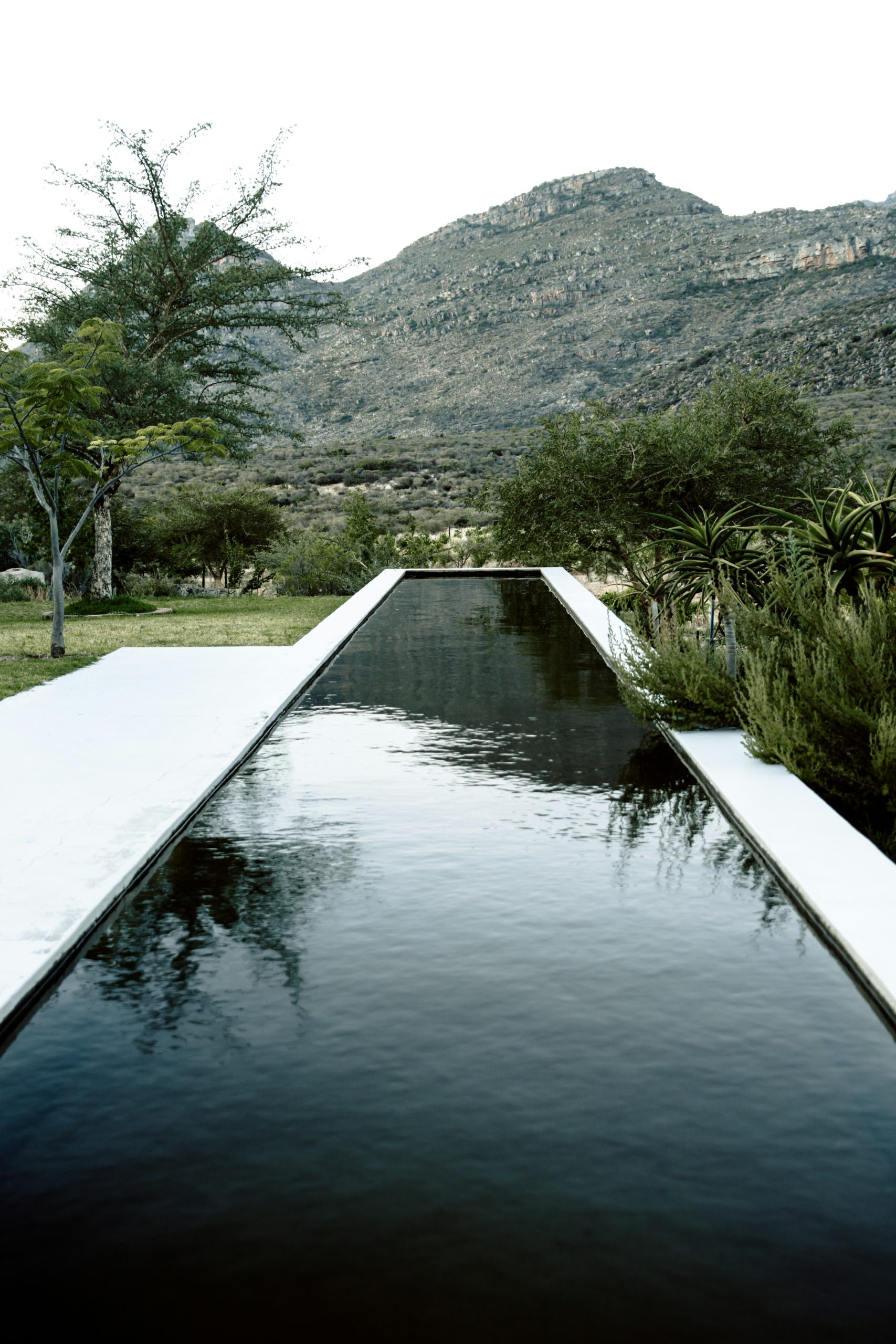Low-Water Gardens: Your Friendly Guide to a Greener Future
Welcome to the world of low-water gardens, where beauty meets sustainability with a splash of creativity! If you’ve been dreaming of a vibrant garden that doesn’t guzzle gallons of water, you’re in the right place. With the growing need for sustainable gardening, creating a garden that’s both eco-friendly and stunning is easier than you might think. This guide will take you through the essentials of designing a drought-resistant paradise, perfect for future summers and those keen on water conservation. So, whether you’re a seasoned landscape designer or a home gardener just starting out, let’s chat about how xeriscaping can make your outdoor space a green haven.## Designing a Low-Water Garden
Creating a low-water garden is a fun and eco-friendly way to spruce up your outdoor space. It’s all about smart planning and picking the right plants. Let’s dive into how you can design a garden that’s both beautiful and water-wise.
Choosing Drought-Resistant Plants
Picking the right plants is key to a successful low-water garden. Drought-resistant plants are your best friends here. They’re tough cookies that can handle dry spells like champs.
Native plants are often a great choice. They’re already used to your local climate and don’t need much babying. Think about plants like lavender, sage, and succulents. They look great and don’t need much water to thrive.
Don’t forget about trees and shrubs. They can provide shade and help keep the soil moist. Plus, they add structure to your garden. Just make sure to pick varieties that don’t need lots of water.
Remember, even drought-resistant plants need some TLC when they’re first planted. Give them a good start, and they’ll reward you with a beautiful, low-maintenance garden.
Tips for Efficient Water Conservation
Water conservation is the name of the game in a low-water garden. It’s all about being smart with the water you use. Here are some tips to help you make the most of every drop:
-
Water deeply but less often. This encourages plants to grow deeper roots, making them more drought-resistant.
-
Use mulch to keep moisture in the soil and reduce evaporation.
-
Install a drip irrigation system. It’s more efficient than sprinklers and puts water right where plants need it.
Consider collecting rainwater in barrels. It’s free water for your garden! You can also reuse greywater from your home for watering plants.
Timing is important too. Water early in the morning or late in the evening to reduce evaporation. And always check the weather forecast – no need to water if rain is on the way!


